When you see that familiar "We'll be right back" message on Apple's website, you know something big is brewing. Apple's online store went dark earlier today, signaling the imminent arrival of iPhone 17 pre-orders—and if you've been following Apple's playbook for any length of time, this controlled blackout is as predictable as it is strategic. According to Economic Times, the company plans to begin accepting orders for their latest smartphone lineup starting at 5:30 pm, marking another carefully orchestrated moment in Apple's launch choreography.
This isn't a technical glitch or some unfortunate maintenance issue—it's Apple demonstrating exactly why they've mastered the art of product launches. The temporary shutdown allows the tech giant to implement coordinated updates without revealing partial information ahead of their official announcements, according to industry analysis. What might seem like an inconvenience is actually part of a well-oiled machine that's been refined over years of major product launches, building anticipation while ensuring flawless execution when the store reopens.
The method behind the digital blackout
Apple's decision to take their online store offline isn't arbitrary—it's a carefully calculated strategy that serves multiple business-critical purposes. Think about it this way: when you're updating your entire product catalog, pricing structure, and configuration options all at once, you don't want customers stumbling across half-finished pages or outdated information. The company has consistently chosen this controlled blackout approach over silent background updates to prevent issues like mismatched pricing, outdated compatibility information, and accidental early product reveals, according to industry analysis.
This systematic shutdown enables Apple to push comprehensive changes across their platform simultaneously without creating confusion or incomplete information leaks. It's like renovating a store—you don't keep the doors open while you're moving furniture around and updating the displays. But beyond the technical necessities, this approach has evolved into a psychological strategy that amplifies launch momentum rather than diminishing it.
Here's what's particularly clever: past iPhone unveilings demonstrate that store blackouts don't negatively impact sales performance—if anything, they create additional buzz around new product launches, as observed in previous cycles. When the store returns online, customers can expect fully updated product pages featuring configuration options, color selections, storage tiers, along with refreshed AppleCare plans, trade-in valuations, and financing programs like Apple Card Monthly Installments.
The choreography extends beyond just the main products too. Accessories—cases, screen protection, Watch bands, and MagSafe chargers—usually publish alongside the main event, often revealing color palettes and finishes that weren't fully detailed in the keynote presentation. This creates a second wave of discovery that keeps customers engaged even after they've seen the primary announcement.
What's coming with the iPhone 17 lineup
The upcoming iPhone 17 series represents Apple's strategic response to the market pressures they've been facing—premium pricing concerns, intensified competition, and global economic uncertainty. The new generation includes four distinct models: iPhone Air, iPhone 17, iPhone 17 Pro, and iPhone 17 Pro Max, Economic Times reports. That iPhone Air naming is particularly telling—it suggests Apple is positioning this as their ultra-slim option, possibly targeting users who prioritize portability and addressing criticism about premium pricing by offering a more accessible entry point.
Apple has introduced significant design changes including a refreshed camera system alongside enhanced features such as 120Hz refresh rates, 48MP Fusion cameras, and ceramic backing across the entire lineup, according to confirmed specifications. The fact that they're bringing premium features like 120Hz refresh rates and ceramic backing across all models (rather than reserving them for Pro variants) suggests Apple is elevating the entire iPhone experience to justify pricing while differentiating from competitors like Huawei and Xiaomi who often offer comparable features at lower price points.
The pre-order timeline follows Apple's traditional pattern, with orders beginning on September 12 and general availability starting September 19 for all iPhone 17 models. What's strategically significant is the multi-channel approach this time around. Customers won't be limited to Apple's direct channels—pre-orders will also be available through major retailers including Flipkart, Amazon India, and Reliance Digital, according to the announcement. This broader availability reflects Apple's strategy to maximize accessibility during the crucial launch window when demand typically peaks, particularly important given economic pressures affecting consumer spending.
Research firms like Counterpoint Research and IDC have noted that Apple's premium models consistently drive the bulk of revenue and early demand, which tends to strain initial availability for certain configurations, according to market analysis. If you're planning to upgrade, you'll want to have your trade-in prep sorted beforehand—back up your device, unpair your Apple Watch if needed, and verify carrier eligibility.
The broader context of Apple's strategic challenges
While the iPhone 17 launch generates excitement, it comes amid broader challenges that make this coordinated store shutdown and product strategy particularly crucial for Apple's business. The company has been grappling with various pressures including premium pricing concerns, intensified competition from rivals, and global economic uncertainty affecting consumer spending patterns, analysis indicates. These aren't just abstract market forces—they're real factors influencing whether people actually shell out for new iPhones, making today's launch execution more critical than ever.
In developing markets particularly, high price points have emerged as significant barriers to Apple product adoption, limiting the company's growth potential in these regions. The global economic situation may lead to decreased consumer spending, which directly affects sales of premium products like iPhones. Apple faces fierce competition from companies such as Huawei and Xiaomi, who often offer comparable features at lower price points, according to market analysis.
But here's where Apple's ecosystem approach becomes their strategic ace in the hole, even as the company faces headwinds. The interconnected nature of Apple's hardware, software, and services creates significant switching costs for users, with features like Handoff, AirDrop, and Universal Clipboard making it difficult for customers to leave the ecosystem, research demonstrates. This ecosystem approach has helped Apple maintain strong customer loyalty and generate recurring revenue through services, which now accounts for 25% of the company's total revenue as of 2023—providing crucial stability during hardware transition periods like today's iPhone 17 launch.
When technical issues actually matter
Apple's intentional store shutdowns shouldn't be confused with genuine technical problems that occasionally plague the company's services—understanding this distinction reveals why today's blackout is actually a sign of strength rather than weakness. There's a big difference between a planned blackout and an actual outage, and it's worth understanding what real problems look like when they hit Apple's infrastructure.
Earlier this year, a significant iCloud outage began after lunchtime in the US, with Apple's System Status dashboard flagging disruptions at 2:36 p.m. ET for various services including iCloud Web Apps and iWork for iCloud, according to technical analysis. This wasn't a planned shutdown—it was a genuine infrastructure failure that affected millions of users. User complaints spiked to over 900 reports by 4:11 p.m. ET, affecting services like Photos, Mail, and storage upgrades for several hours.
The status tiles remained red for several hours and flipped to green roughly four hours after the first alert as Apple rolled out a back-end fix. What made this particularly frustrating for users was the scope—iCloud Web Apps, iWork for iCloud, Photos, iCloud Mail, and Storage Upgrades and backup APIs all experienced outages or severe slowness simultaneously.
These genuine outages highlight the infrastructure challenges that even Apple faces as it manages millions of users across its cloud services. The company has experienced at least seven multi-hour incidents since 2019, roughly one major outage per year, with previous disruptions occurring in March 2019, March 2022, and January 2024, historical data shows. Industry experts point to structural issues including single points of failure in identity databases, silent backend updates without maintenance windows, and edge-cache dependencies that make the system vulnerable to DNS or BGP disruptions.
The difference reveals Apple's strategic sophistication: when Apple plans a store shutdown for product launches, they announce it and control the narrative, building anticipation. When real technical problems hit, you see scattered user reports, extended downtime, and minimal communication beyond status page updates. Today's shutdown demonstrates Apple's ability to orchestrate complex launches rather than struggle with system failures.
What this means for the Apple ecosystem
The temporary store shutdown represents more than just a technical maneuver—it's a demonstration of Apple's continued confidence in its ability to generate excitement around new product launches while reinforcing the ecosystem strategy that defines their long-term competitive advantage. Despite facing challenges from competitors like Huawei and Xiaomi, Apple maintains over 50% of the US smartphone market and continues expanding globally, particularly in high-income regions, market data reveals.
What's particularly impressive is how this launch strategy supports Apple's broader business model transformation. The company's average revenue per user of $140 significantly exceeds competitors like Google ($55) and Samsung ($40), achieved through the very ecosystem integration that today's coordinated launch reinforces. This isn't just about selling more devices—it's about creating relationships that generate ongoing revenue through services, subscriptions, and ecosystem lock-in.
Apple's ecosystem strategy currently accounts for 25% of its revenue from services in 2023, and this shift toward services ensures steady cash flow even when hardware upgrade cycles slow. Features like Find My, iCloud Photos, and Apple Pay deepen customer relationships beyond simple product ownership, creating what amounts to a digital lifestyle that's difficult to abandon. The success lies in Apple's ability to create a frictionless ecosystem that feels like an extension of the user's life, strategic analysis shows.
Looking ahead, Apple's strategy of creating seamless device integration and recurring service revenue appears designed to weather various market pressures. The company's focus on recurring revenue through services has been transformative—Apple One bundles multiple services, including Music, TV+, iCloud, and Fitness+, into a single subscription that makes leaving the ecosystem even more costly for consumers. Features like Handoff and AirDrop ensure that customers feel the friction of leaving the ecosystem, while the layered approach ensures that customers engage with multiple products and services simultaneously.
As the Apple Store prepares to reopen with iPhone 17 details, the company continues betting that its integrated ecosystem will keep customers coming back, regardless of broader industry turbulence. This iPhone 17 launch, marked by today's store blackout, isn't just about selling new phones—it's about reinforcing Apple's position as a lifestyle brand that happens to make incredibly integrated technology products. And if history is any guide, that approach will likely continue paying dividends even as market conditions shift around them.









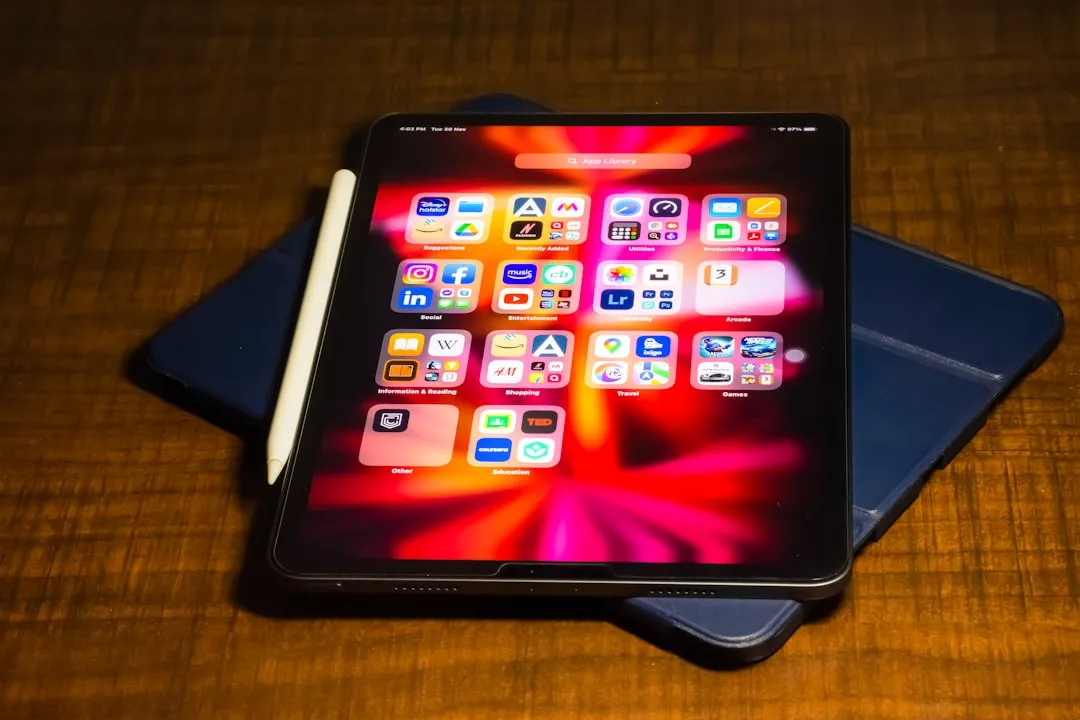

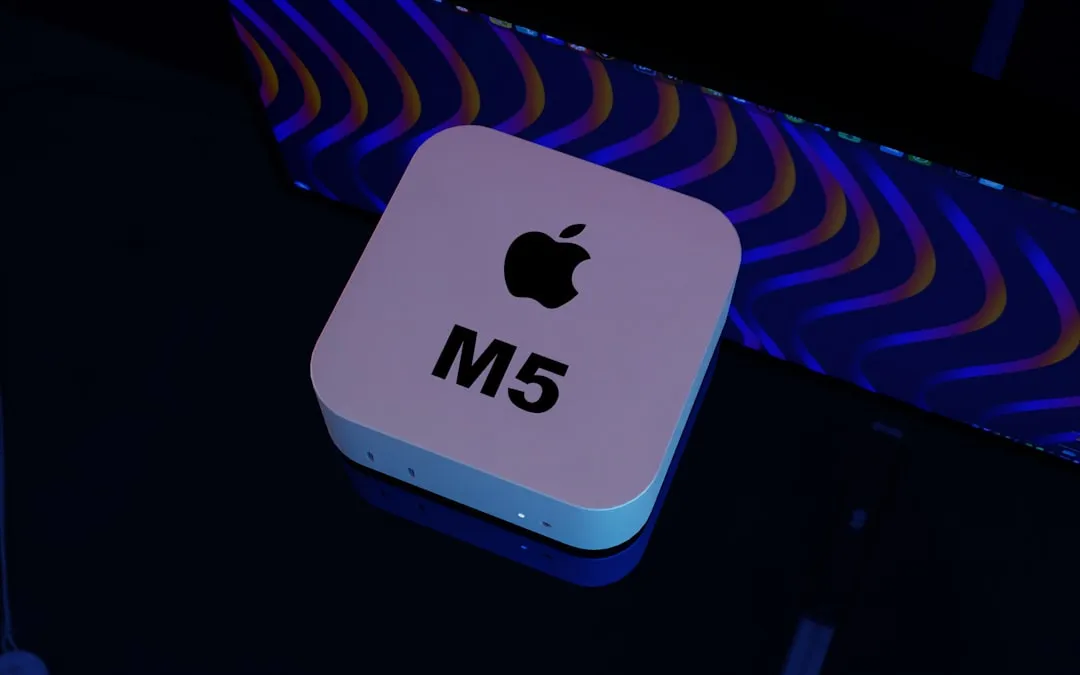
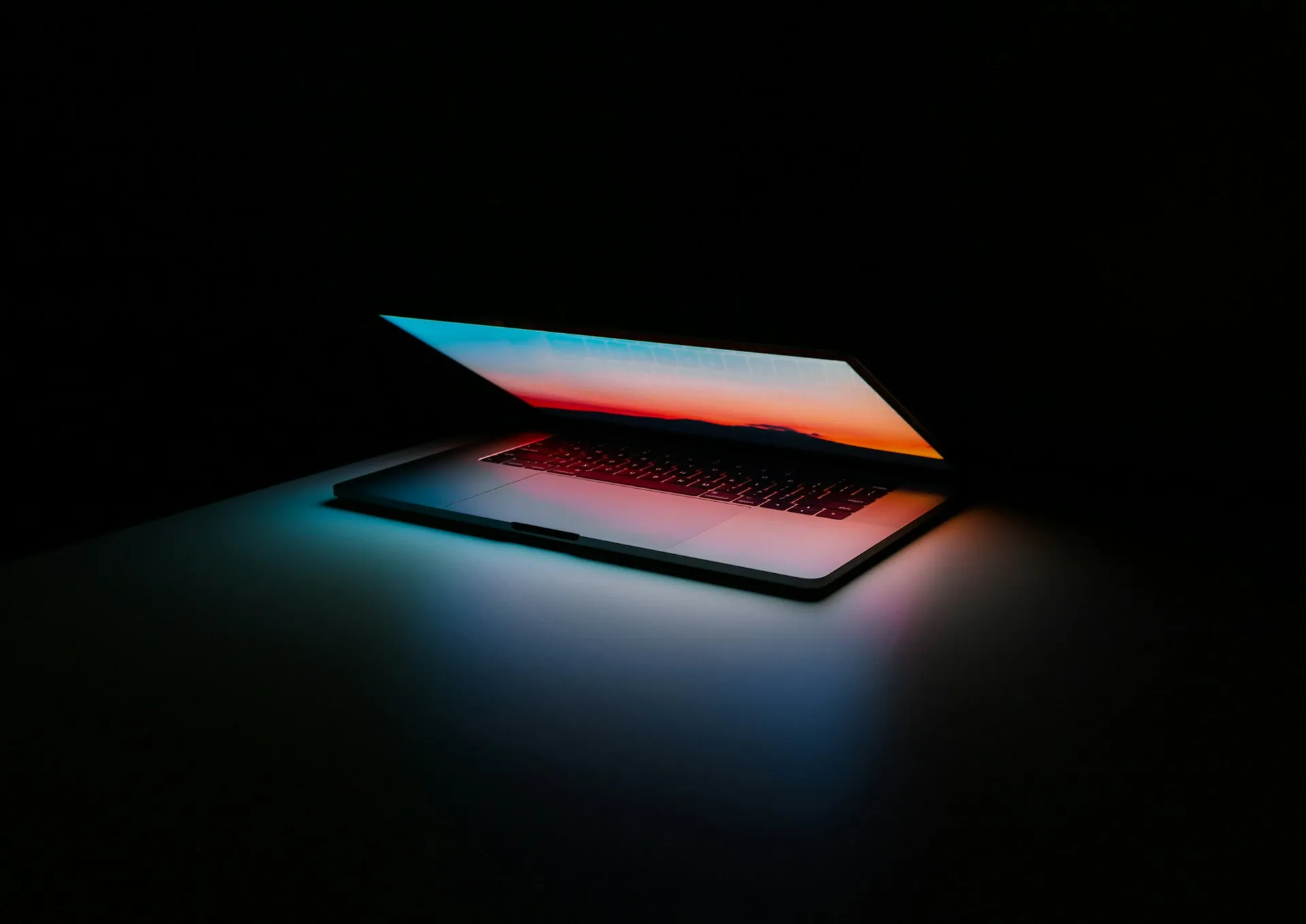


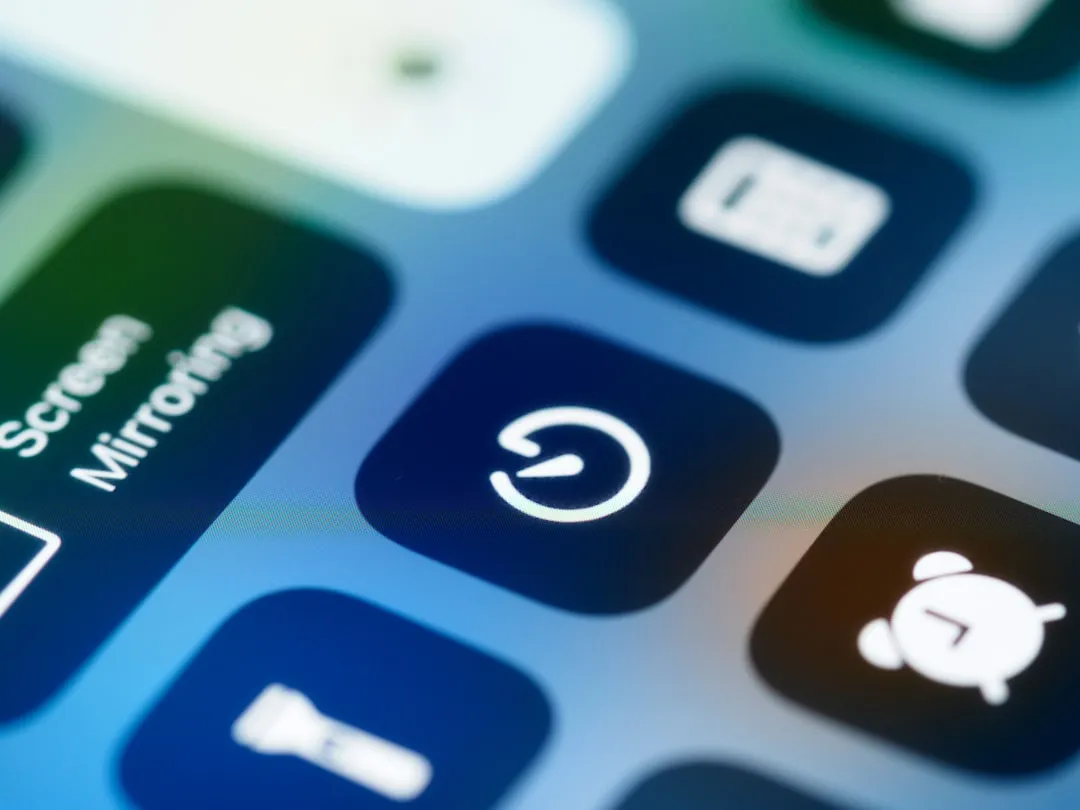
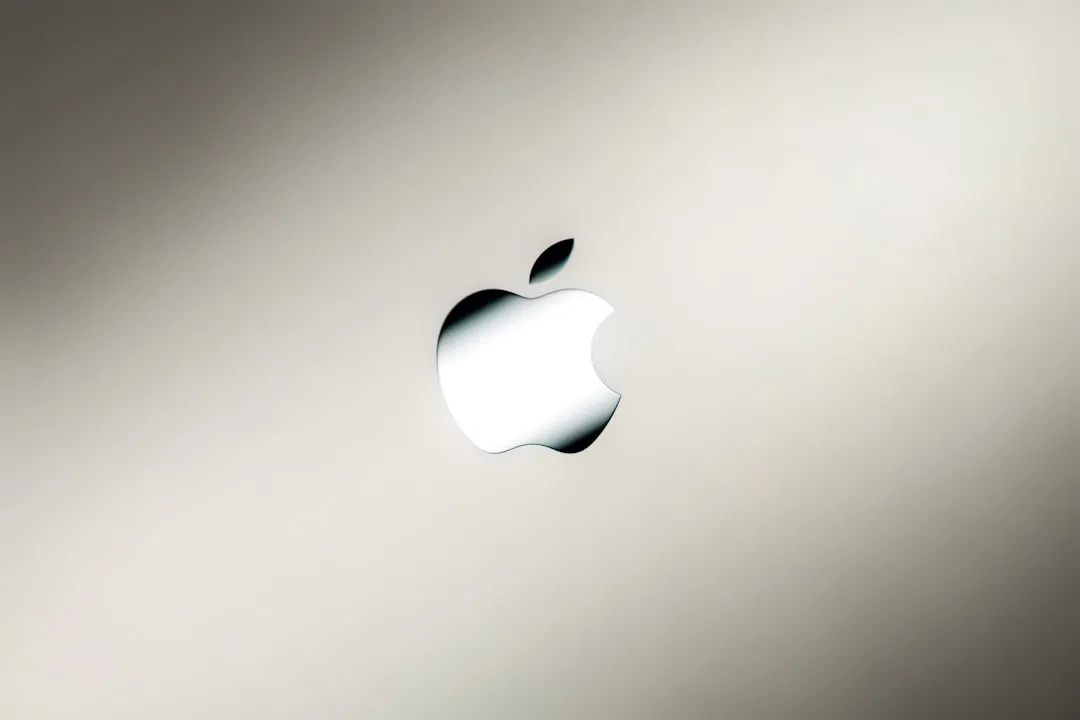

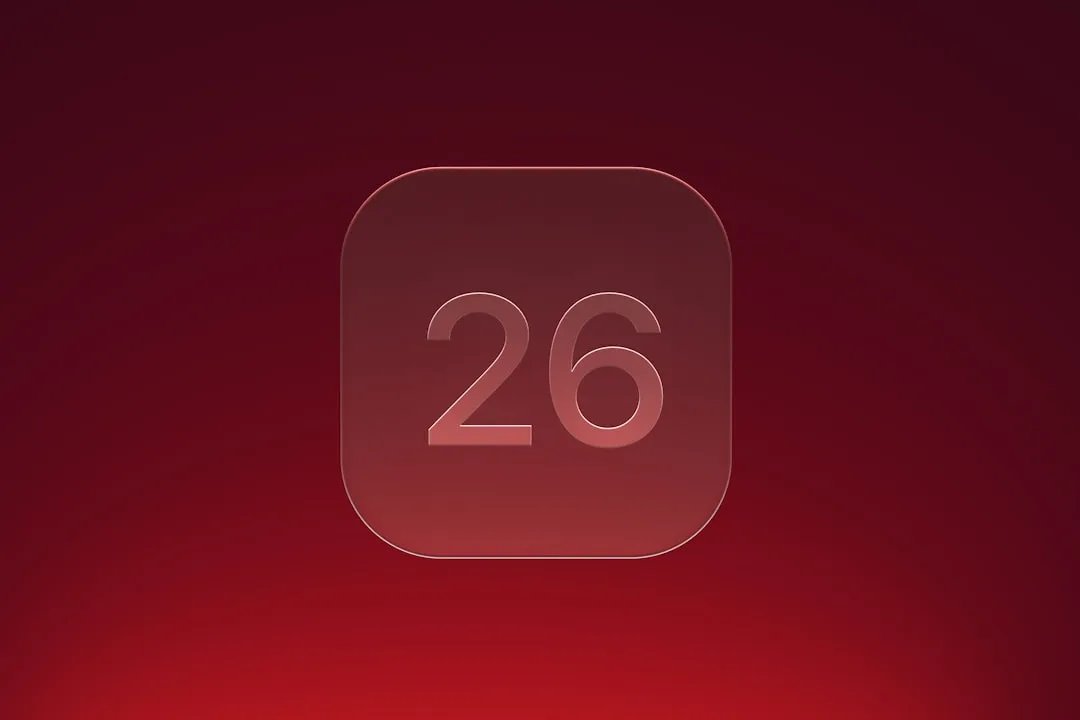

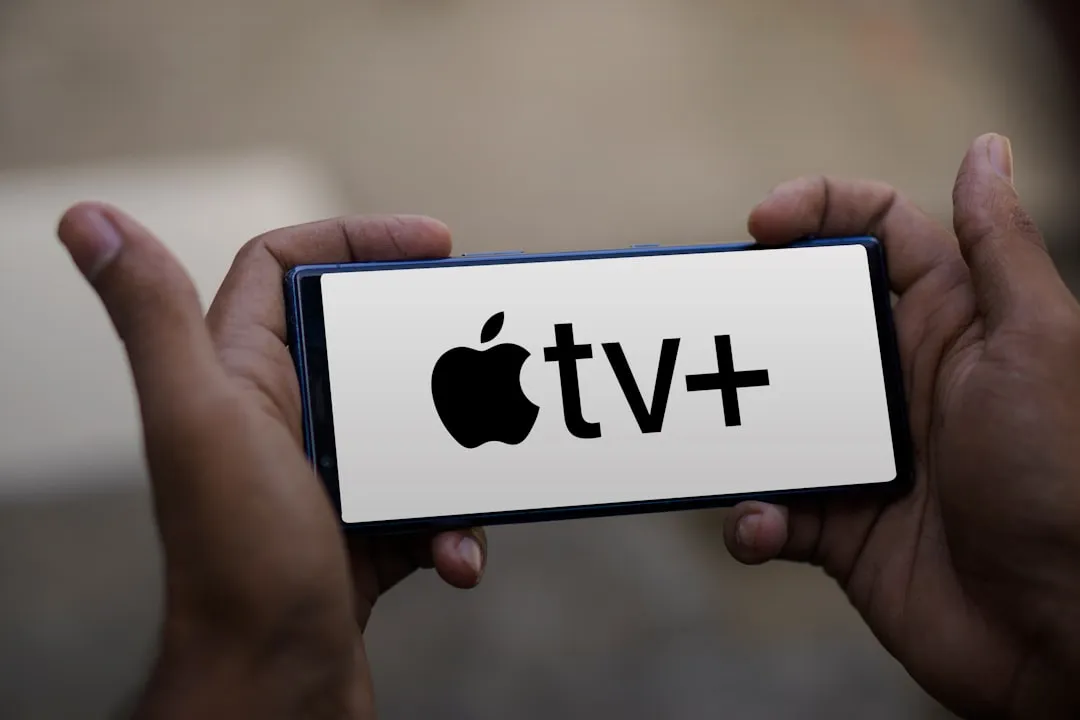
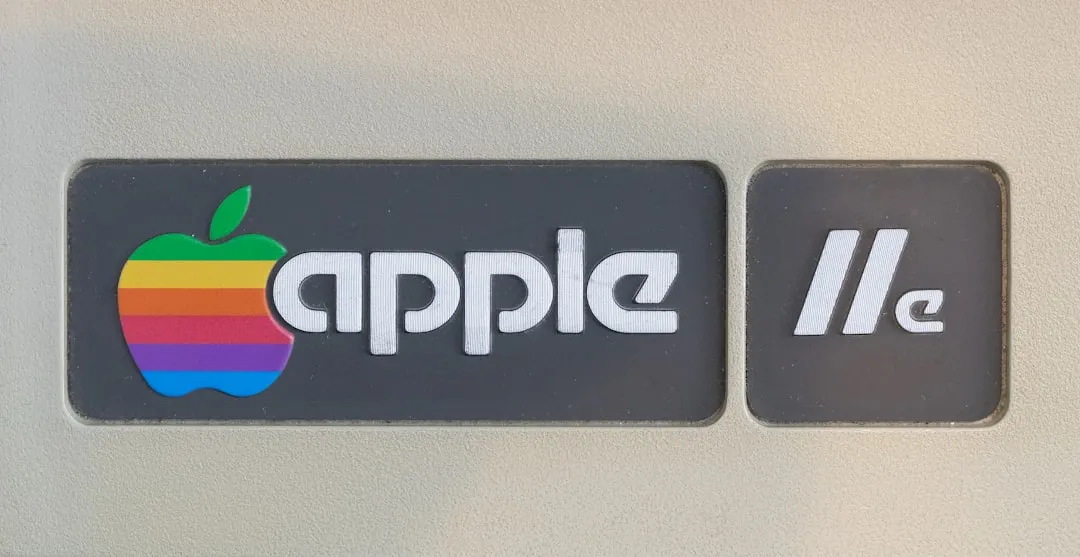


Comments
Be the first, drop a comment!